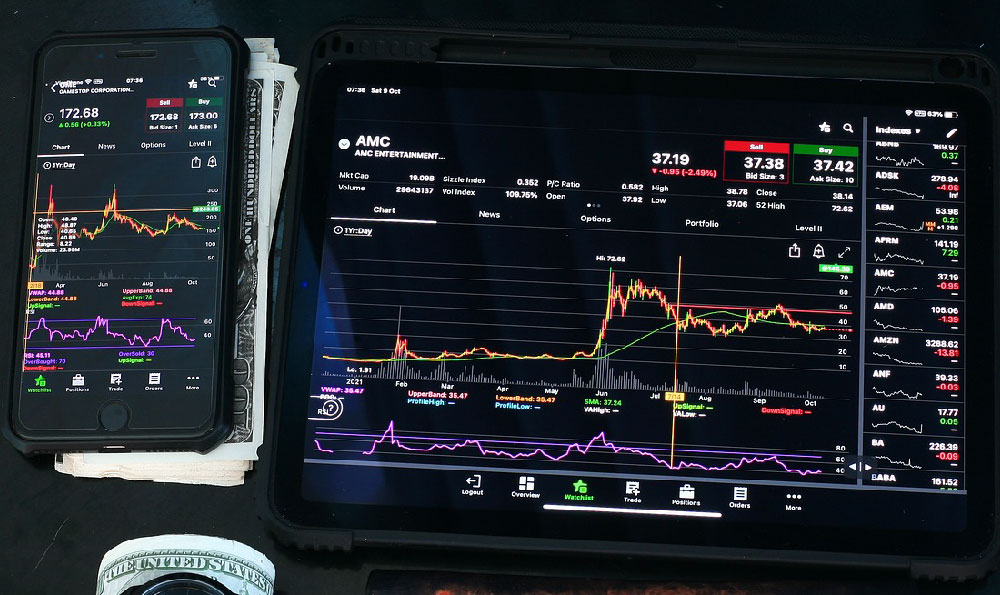Bar Rescue Business Model: How It Makes Money
Bar Rescue, a television show that has captured the attention of audiences for over a decade, offers more than just entertainment—it presents a compelling business model that intertwines entrepreneurship, media production, and audience engagement. At its core, the program revolves around a group of industry experts who take on the challenge of transforming struggling bars into profitable ventures, all while documenting the process on camera. This unique blend of education and drama has not only made the show a ratings success but also established a replicable business model that leverages the intersection of real-world applications and mass media. The show's ability to generate revenue is rooted in multiple streams, from its production and distribution to sponsorships, merchandise, and ancillary market opportunities.
Understanding how Bar Rescue sustains its operations involves examining the multifaceted approach it takes to monetize its concept. The primary source of income for the show stems from its production company, which partners with networks to secure broadcasting rights. These rights are typically negotiated through multi-year deals that ensure a steady revenue flow. Additionally, the show benefits from syndication, where it is sold to regional or international markets, further expanding its financial reach. The combination of these revenue streams allows the producers to invest in high-quality production, including cameras, editing, and location scouting, while maintaining the show's reputation for authenticity and expertise.
Another critical component of the model lies in audience engagement. By presenting real-life challenges and showcasing immediate results, Bar Rescue keeps viewers hooked, which in turn drives advertising revenue. The show's format encourages a high level of viewer interaction, whether through social media discussions, fan mail, or online communities dedicated to bar ownership and business strategies. This engagement not only strengthens the show's brand but also creates a loyal audience that is more likely to support its various monetization strategies. Data from Nielsen ratings and audience analytics can be used to demonstrate the profitability of this approach, as the show consistently ranks among the most-watched programs in its genre.

The show also generates income through partnerships with brands and sponsors that resonate with its target demographic. Beverage companies, restaurant equipment suppliers, and real estate firms often collaborate with the producers to feature their products on-screen or in promotional materials. These partnerships are not limited to the show itself but extend to digital platforms, where sponsors can reach the show's audience through targeted advertising. The use of paid promotions ensures that the program maintains a consistent revenue stream while aligning with the interests of its viewers. Moreover, the show has explored opportunities for product placement, allowing brands to integrate seamlessly into the narrative without disrupting the viewer experience.
Beyond the main show, Bar Rescue has expanded its reach through ancillary revenue streams such as merchandise and online courses. Fans of the show often purchase branded items like T-shirts, mugs, and cookbooks, which can be found on the show's official website and online retailers. These products contribute to the program's overall profitability while reinforcing its brand identity. In addition, the show's creators have launched online courses that provide aspiring entrepreneurs with insights into bar management, marketing, and financial planning. These courses are marketed through the show's social media presence and online platform, creating a direct revenue source for the team beyond traditional broadcasting.
The show's ability to thrive in a competitive market is also attributed to its strategic use of branding and franchise opportunities. By establishing a strong brand identity, the program has attracted a dedicated fan base that continues to support its various ventures. The show's franchise model allows for the expansion of its concept into different formats, such as documentary series, reality TV spin-offs, or even live events. This diversification not only reduces financial risk but also creates new opportunities for monetization. For example, the program has explored opportunities to host live audiences during filming, offering branded tickets and experiences that generate additional revenue.
Additionally, the show's producers have utilized the power of storytelling to enhance its profitability. By presenting the transformation of each bar as a narrative arc, the show keeps viewers invested in the outcome, which in turn increases the value of its advertising slots. The use of compelling storytelling also allows for the creation of content that can be repurposed for other platforms, such as YouTube or streaming services, further expanding the show's reach and monetization potential. This strategy ensures that the program remains relevant in an era of short attention spans and shifting media consumption habits.
The success of Bar Rescue's business model is a testament to the power of combining entertainment with real-world applications. By presenting a unique blend of education and drama, the show has managed to create a sustainable revenue stream that benefits both its producers and its audience. As the show continues to evolve, it is likely to explore new avenues for monetization, ensuring its long-term viability in the ever-changing landscape of media and entertainment.
In conclusion, the business model of Bar Rescue is a multifaceted approach that leverages the intersection of entrepreneurship and mass media. By securing broadcasting rights, fostering audience engagement, forming strategic partnerships, and expanding through ancillary revenue streams, the show has established a profitable framework that stands the test of time. This model serves as a valuable example for others looking to create similar ventures, demonstrating the potential for combining entertainment with real-life challenges to generate substantial returns.















